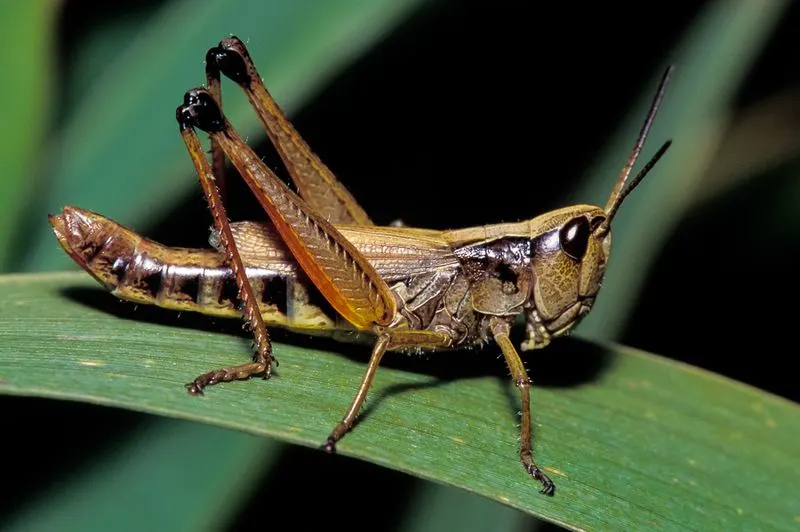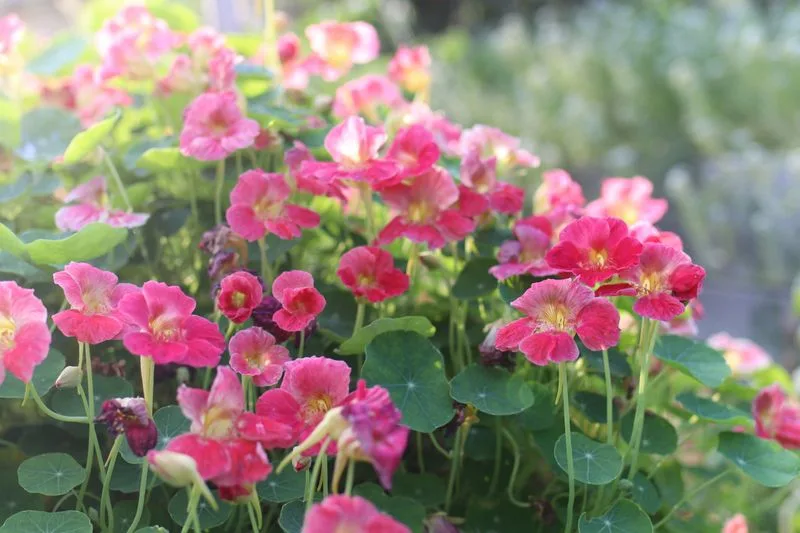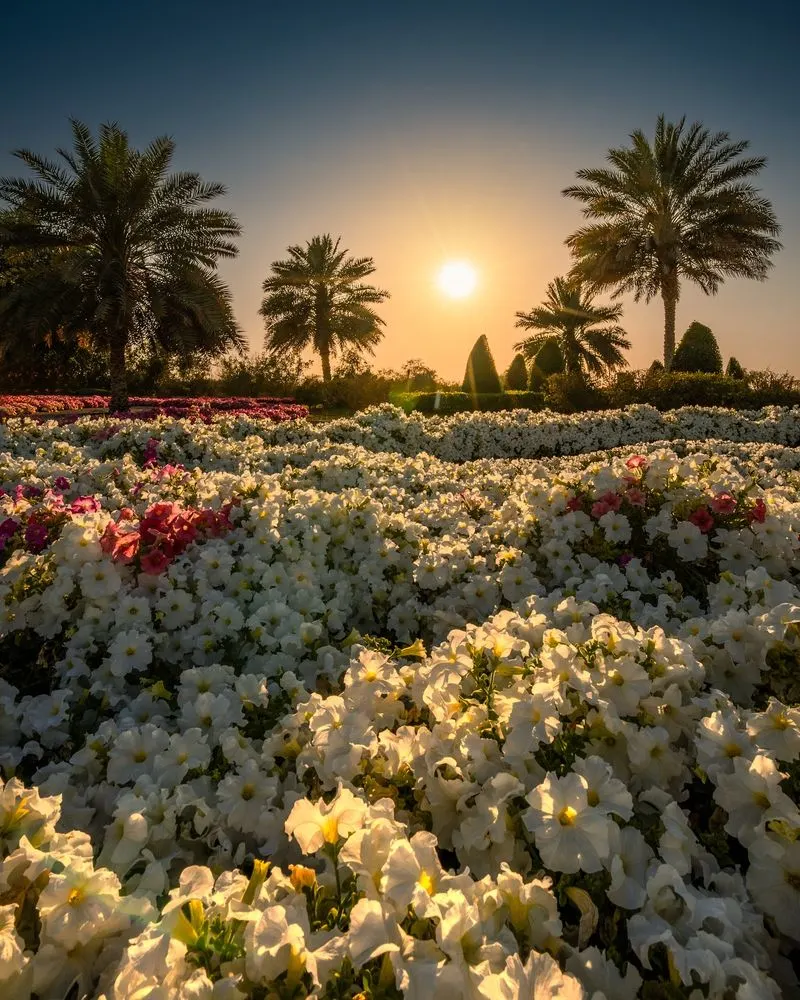I stopped checking the clock when I gardened—and started reading the plants instead. Over time, I noticed that certain flowers opened at the same hour each day, leaves shifted with the light, and shadows moved like living timekeepers.
By arranging plants with different circadian rhythms, I created a space that subtly marks the passage of time—from morning scent bursts to dusk petal closings. The garden became a kind of natural clock, visible and alive.
In this article, I’ll share how I used plant behavior, light, and layout to train my garden to tell time, and how tuning into these rhythms changed the way I experience days, seasons, and stillness.
Morning Glory’s Dawn Chorus

The garden comes alive as morning glories unfurl their petals with the dawn. These vibrant blooms are nature’s way of signaling the start of a new day. Morning glories are known for their sensitivity to light, opening with the sun and closing by afternoon.
Their predictable behavior transforms the garden into a natural clock, marking the early hours with vivid color. This floral routine not only adds beauty but also offers insight into the garden’s diurnal rhythms.
Witnessing this daily event cultivates a deeper appreciation for nature’s clockwork precision.
Sunflowers’ Solar Dance

Sunflowers demonstrate heliotropism, the ability to track the sun’s path. Each morning, they face east, following the sun’s journey westward throughout the day. This dance is a natural marvel and serves as a solar clock.
The alignment of these floral giants provides a visual reference for the time, as their position correlates with the sun’s trajectory. This phenomenon is both striking and practical for timekeeping.
Their behavior not only aids in telling time but also maximizes photosynthesis, making them efficient sun seekers.
Crickets’ Evening Symphony

As dusk approaches, crickets begin their serenade, an auditory reminder of the time. Their chirping frequency varies with temperature, offering clues about the hour and climate.
Counting the number of chirps in a specific period helps estimate the temperature, which in turn hints at the time of day. This natural symphony is both a soothing backdrop and a subtle timekeeper.
The evening chorus is a testament to the interconnectedness of nature, where even the simplest creatures play a role in the garden’s chronology.
Dew’s Early Jewel

Morning dew offers subtle hints of time, forming as temperatures drop overnight. These droplets glisten in the early morning light, serving as nature’s delicate jewelry.
Observing the presence and evaporation of dew provides clues to the time, as its disappearance coincides with the sun’s warming rays. This ephemeral phenomenon adds a touch of magic to early mornings.
The garden, adorned with dew, becomes a canvas painted by the night, revealing the quiet beauty of the dawn.
Twilight’s Firefly Ballet

Fireflies grace the garden with their twinkling presence at twilight. Their luminescent dance is not just a visual delight but also a time indicator.
As the sun sets, these bioluminescent insects emerge, their glow signaling the transition from day to night. Their appearance is a cue for the evening, marking time with their flickering lights.
The firefly’s ballet is a magical spectacle, enchanting and informative, as it metaphorically turns the page from day to night.
Hydrangea’s Seasonal Clock

Hydrangeas offer a seasonal timeline with their color-changing blooms. These shifts, influenced by soil pH and seasonal changes, reflect the garden’s yearly cycle.
From blues to pinks and purples, the vibrant hues offer a visual calendar, each color telling a story of its time. This natural transition marks the passage of seasons, a living clock for garden enthusiasts.
Hydrangeas bring more than beauty; they embody the garden’s temporal journey, painting time through their blossoms.

